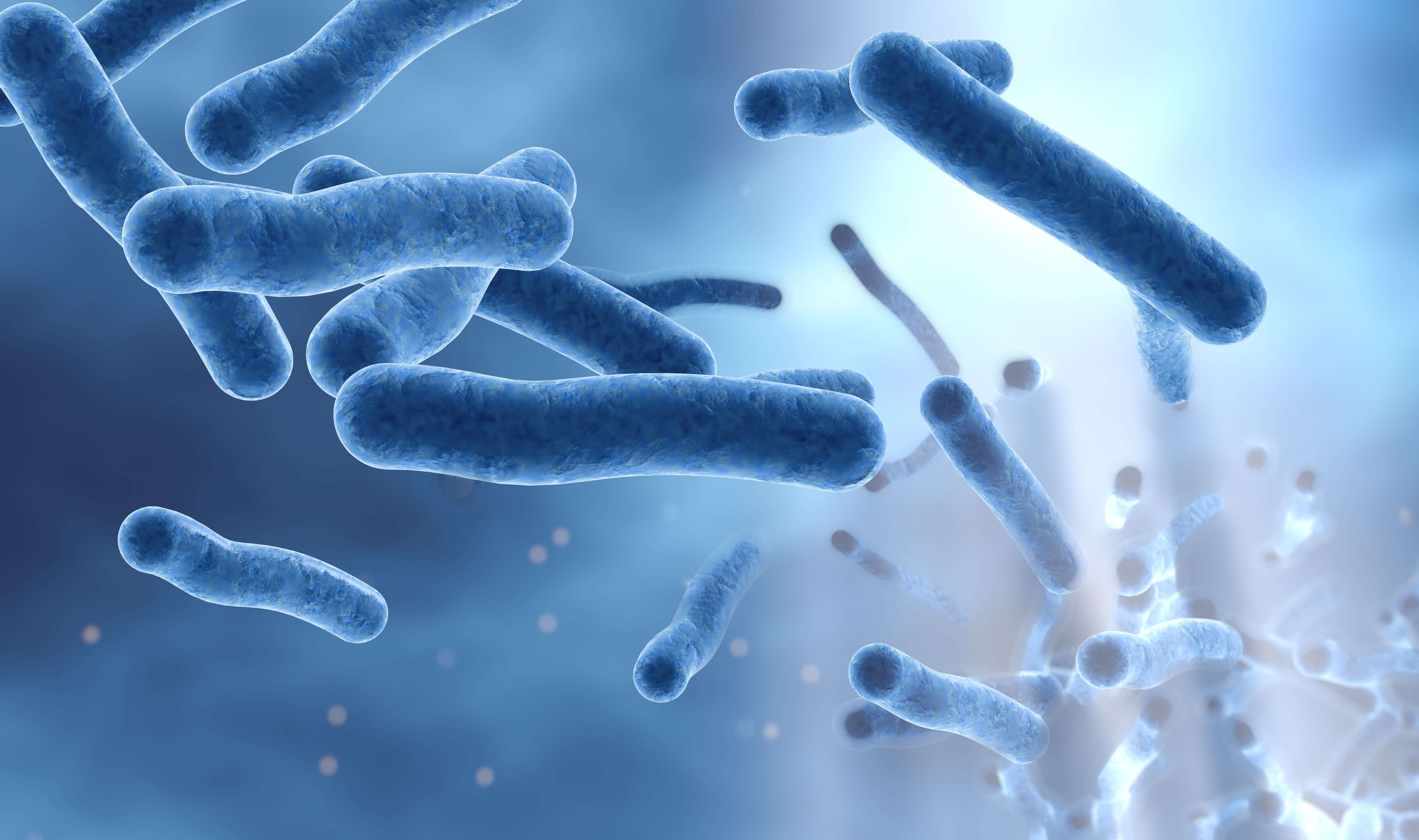Water Problems and Solutions

Did you know you can have clean, safe, great tasting water for FREE?
Possible water problems include:
Hard Water
Hard water contains dissolved calcium, magnesium and, in many cases, iron. We find this fairly often and will create issues with the way your soap functions in your home leading to soap scum or buildup. Often hard water causes dry skin or hair, spots on glassware, smelly laundry, damage to appliances, among other issues.
Low or High PH
Low PH, or acidic water, can cause erosion in our plumbing and is not the safest to drink!
High PH, can make cleaning difficult!
CHLORINE TASTE AND SMELL
Since the 1850s, chlorine has been used as a disinfectant to kill harmful bacteria in water itself or the pipes that transport it. It has helped end a number of major threats to public health. Although chlorine in water is essential at the treatment plant and in the water distribution system, it is no longer necessary once the water reaches your home.
Though chlorine is vital for stopping the spread of disease, its benefits come at a price. Chlorine tastes and smells bad. It dries skin and hair, fades clothes (bleach is made of chlorine) and can dry out the rubber seals in appliances, shortening their lives.

Test For All These Problems And More!

Tastes and Odors
In its pure state, water is colorless, tasteless and odorless. So, if your water tastes or smells funny, you owe it to yourself to find out why.
These types of complaints are generally the result of compounds released due to decayed vegetation and are typically associated with different forms of algae. They are most prevalent in supplies that use surface water as their supply. While not toxic, they are nonetheless unpleasant and can be offensive at very low concentrations.
A metallic taste to your water indicates the presence of metals such as iron, copper, manganese or zinc. Iron and manganese are often naturally occurring and are predominantly found in groundwater. Copper and zinc can come from an aging water distribution system or the corrosion of copper plumbing and brass fittings.
STAINING
Water is a natural solvent, and given the needed time and conditions, it will dissolve anything it comes in contact with. That’s why, depending on where you live, your water can contain iron or manganese, which can cause rusty-orange or black staining. It can even alter hair color. Or if you have water that has a low pH, you can see the telltale, blue-green stains. You’ll see the stains on clothes, fixtures, sinks, tubs, water-using appliances and toilets. Quite frankly, the stains can appear on anything the water comes in regular contact with. These stains are very difficult to remove, if you can get rid of them at all.
BACTERIA AND VIRUSES
According to the Centers for Disease Control and Prevention, there could be as many as 12 million cases of waterborne acute gastrointestinal illness annually in the United States alone. These illnesses are frequently caused by bacteria, viruses and protozoa that make their way into the water supply. And unfortunately, these contaminants can survive in the environment for months. Even well operated, state-of-the-art treatment plants cannot ensure that drinking water is entirely free of microbial pathogens. System failures do occur, and not all systems are functioning at the levels they should. And bottled water, which is unregulated and varies considerably, may not offer any more safeguards against pathogens than tap water.
SCALE
As water travels through the earth, it picks up minerals, like calcium and magnesium. Calcium and magnesium are found in most water supplies; when the water eventually enters your home and is heated, it forms a rock-like scale build-up. Scale is obvious on shower doors and fixtures, but it will also form in places you can’t see. Common problem areas include water pipes and hot water-using appliances, such as your water heater and dishwasher. Homeowners frequently purchase expensive cleaners and chemicals to remove the scale, or chip away at it with sharp objects; however, they are often disappointed with the difficulty, expense and effectiveness of their efforts.
So how do you fix These Problems?
A variety of simple solutions are available depending on what we find. We strive to bring the most effective ways to bring your clean water for FREE or as little as possible.



